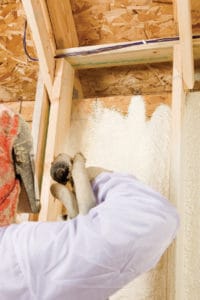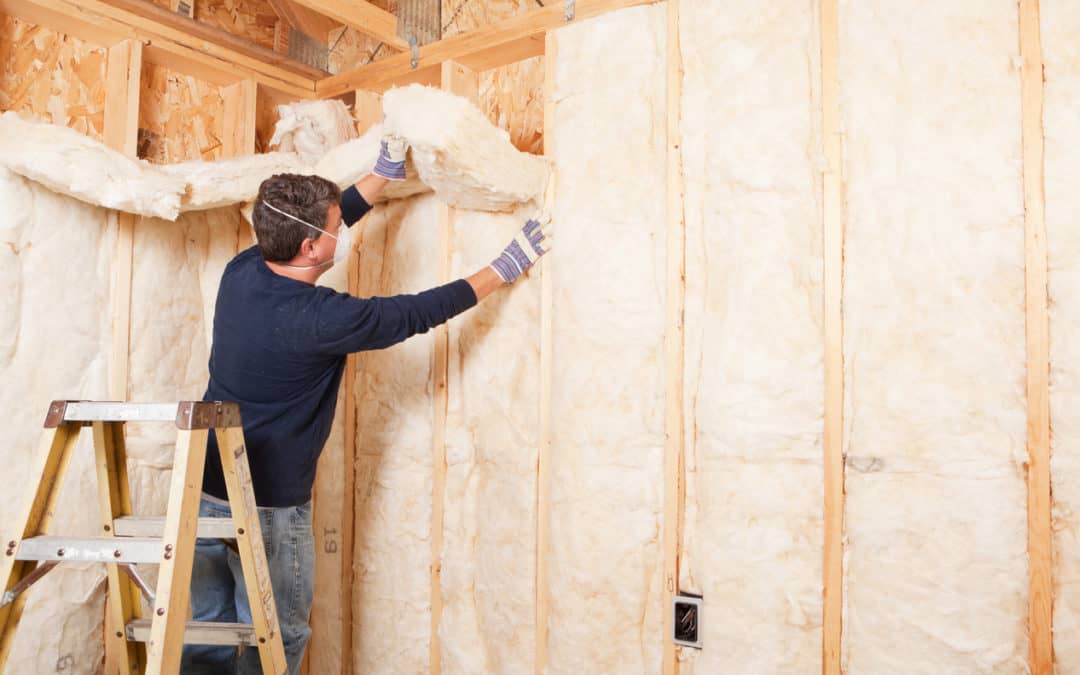When it comes to the many different types of insulation products, it is important to understand what the differences between them are. This is required knowledge for spray foam insulation contractors as well as those seeking insulation services, but it is helpful knowledge for anyone really.
Still, understanding the difference between different types of insulation isn’t always easy, as is the case with spray foam and fibreglass products. However, with the help of qualified spray foam insulation contractors like those found at hpspray.com, you can learn these differences today. Continue reading down below to learn more about these two insulation products.

The Differences Between Spray Foam & Fibreglass Insulation
R-value
The r-value of an insulation product describes its ability to prevent heat from entering or leaving a space. The higher the r-value, the better an insulator it is. Still, just because a product has a high r-value doesn’t mean that it is suitable for all areas or locations. By simply considering the different needs of a building constructed north of the arctic circle and one south of the equator, you can easily understand why not all places have the same insulation requirements.
With that explanation out of the way, you may already expect that the first difference between spray foam and fibreglass insulation is their r-values. Generally, fibreglass insulation has the lowest r-value of all insulation types, whereas spray foam has the highest. Of course, the measurements aren’t exact, as multiple layers and different types of these products can both influence their total r-value.
Material composition
Another significant difference between the two types of insulation we are discussing is the material composition of them. Fibreglass products typically come in batts, which are sheets of compressed material that can be cut into different sizes and shapes. It may also come as loose material, which is blown into roofs or ceilings and carries a slightly higher r-value, on average.
By contrast, both open and closed-cell spray foam insulations are applied in a similar manner. They consist of two separate chemical materials that, when combined, create the fast-drying insulation material we see. They are joined together in a spray gun operated by a qualified professional who understands the need to move quickly to prevent jams and product buildups in the spray line.
Suitability
Let’s return to our earlier example about the different needs of people in different parts of the world, as this is the basis of our third major difference in these products, namely the suitability of them. The r-value of insulating material is not the only reason that different places may have different requirements for insulation. Government regulations outlawing certain types of insulation, manufacturer availability, marketing and other factors all may influence the prevalence of one product over another in a certain area.
Cost
Finally, the cost of these insulation products is also different. As a general rule of thumb, you can expect to find that spray foam insulation is the most expensive insulation product available. But, the added price also ensures a professional doing the work, a long-lasting insulation material with soundproofing properties and an environmentally safe product.
Of course, the benefits of fibreglass insulation are almost exactly the inverse. The cost of the product is generally lower, but it is more likely to suffer damage, be installed improperly or without the aid of a professional, and the manufacturing process can be harmful to the environment.

Recent Comments